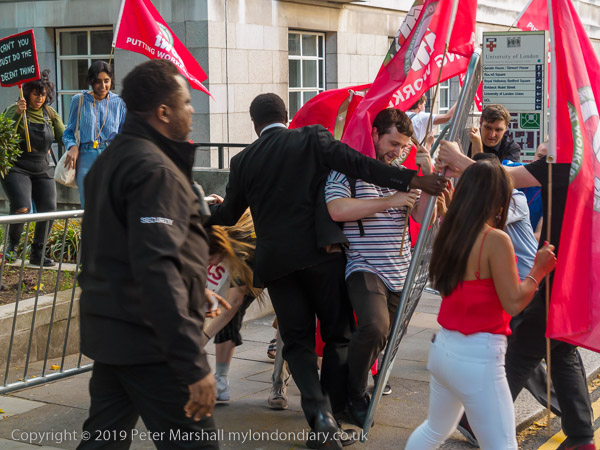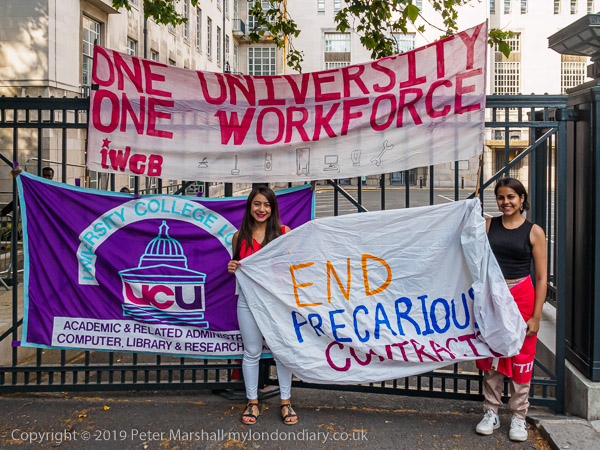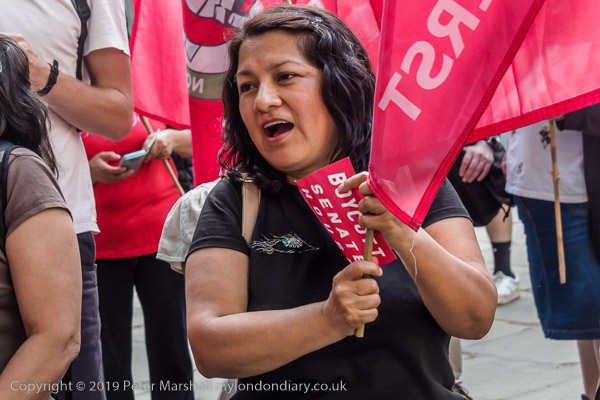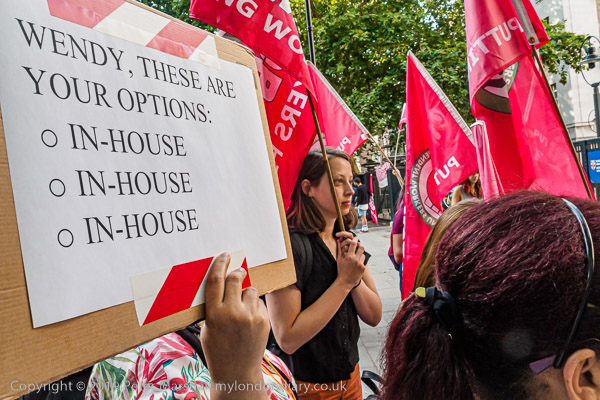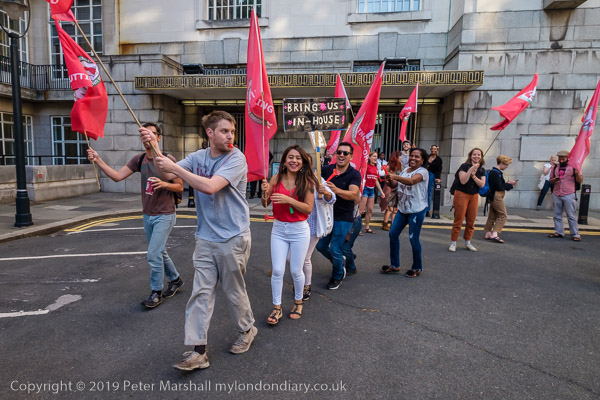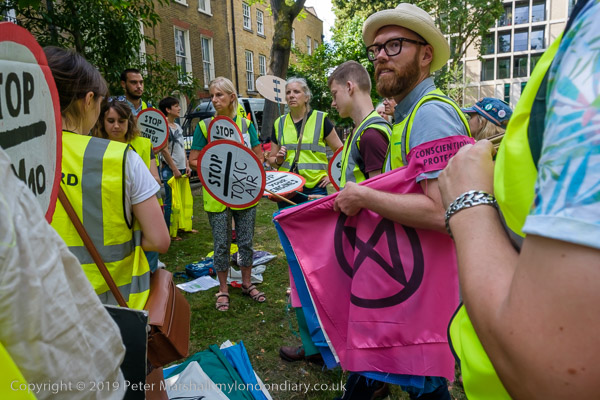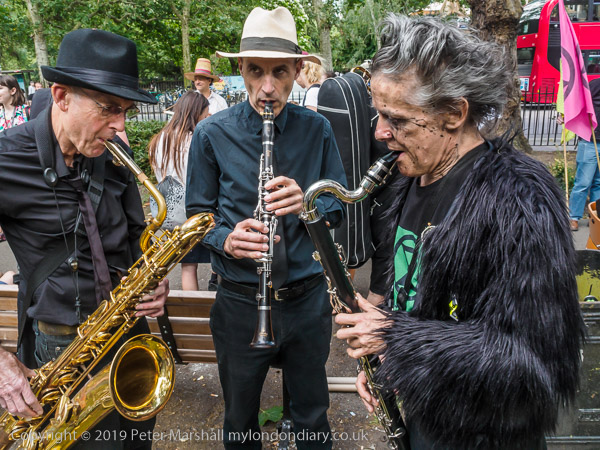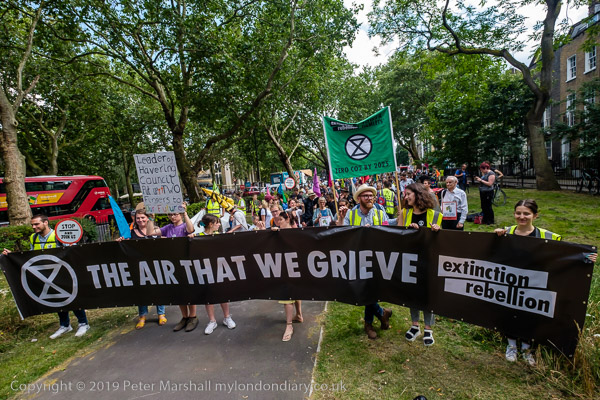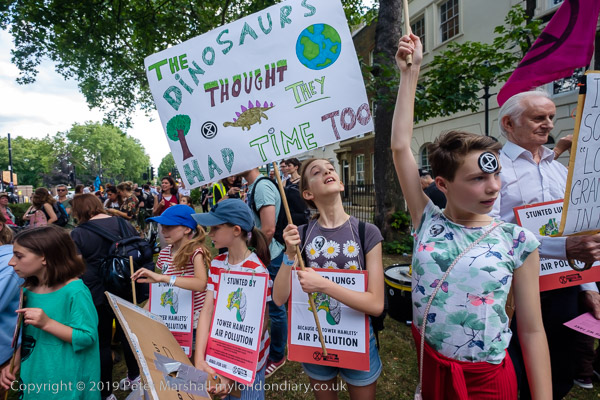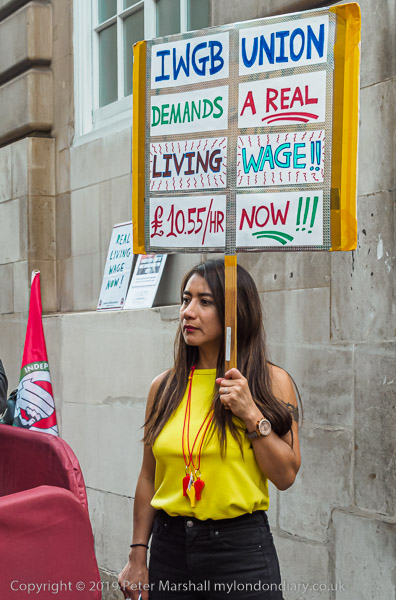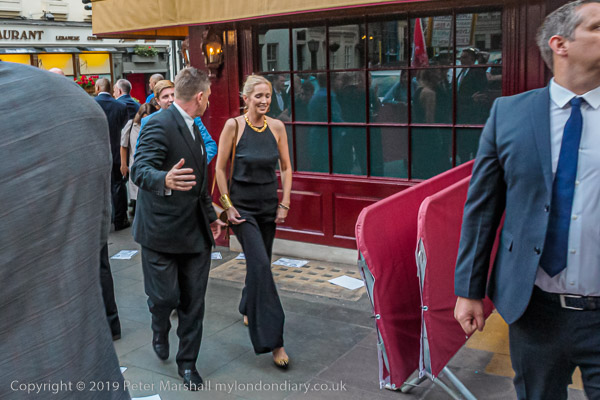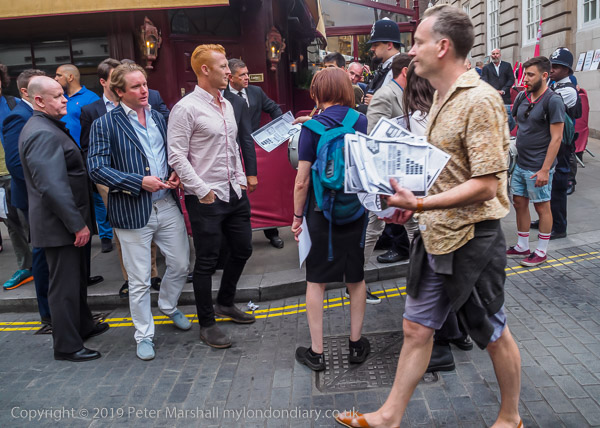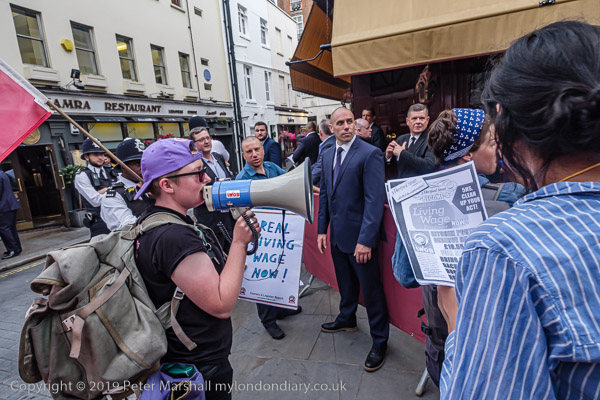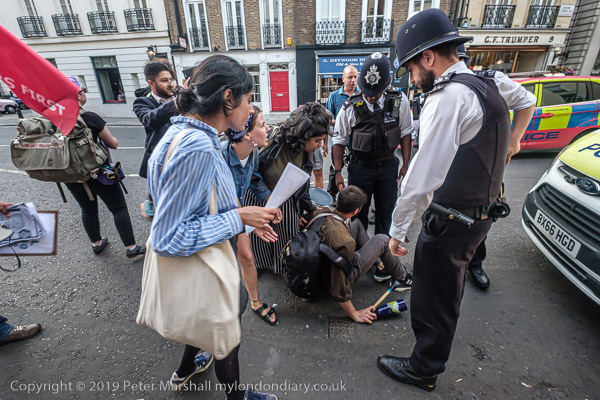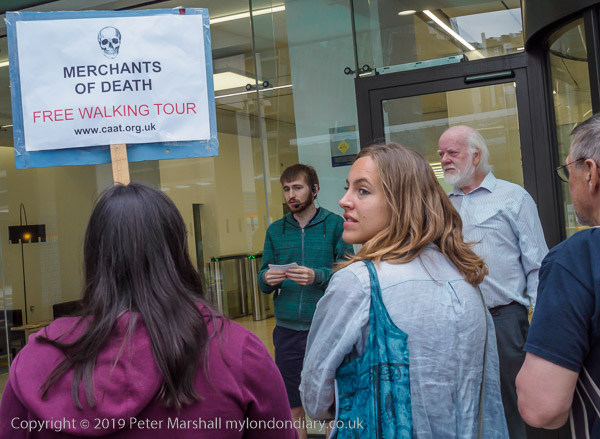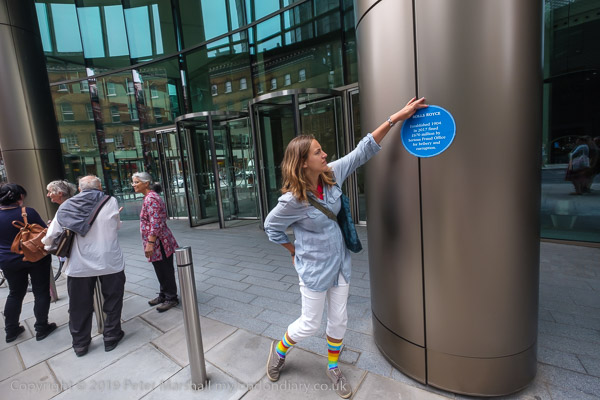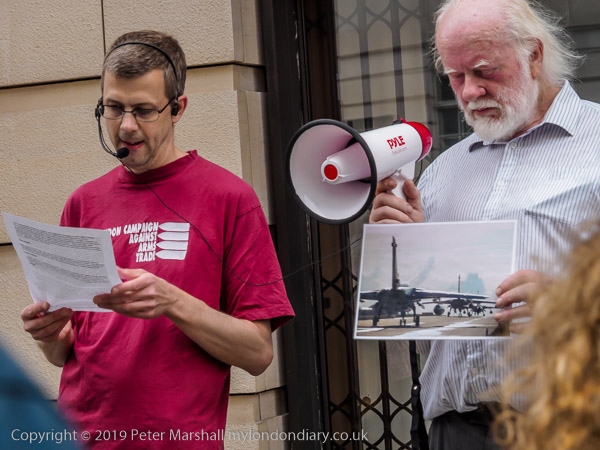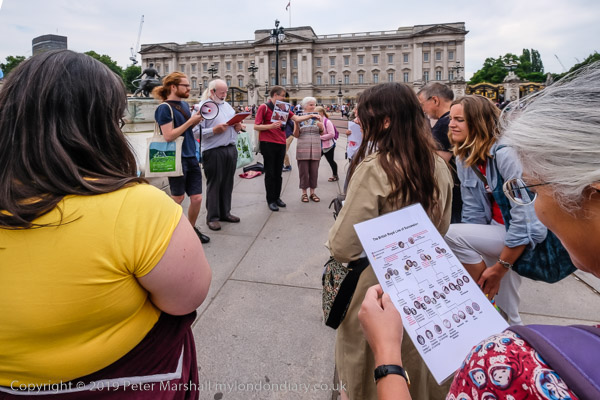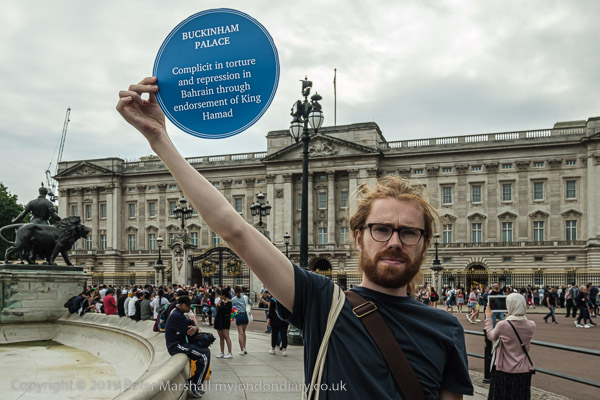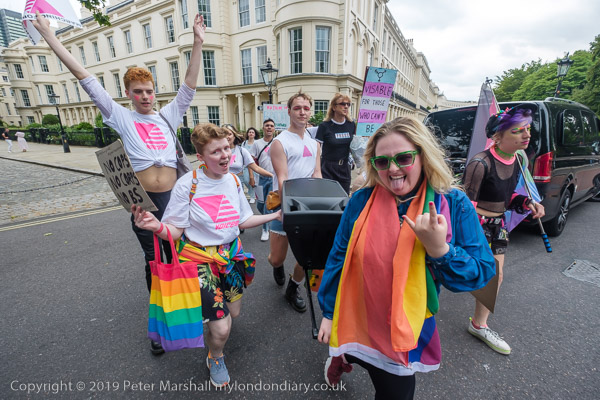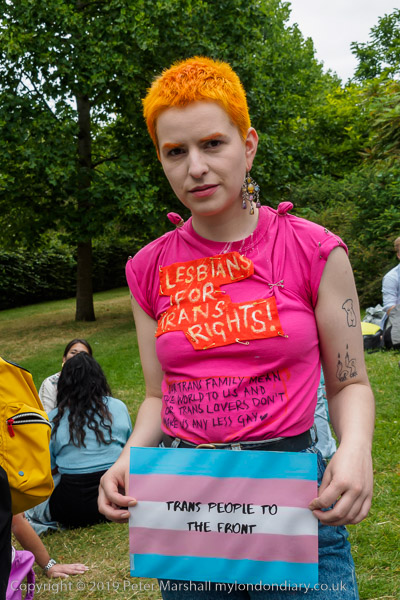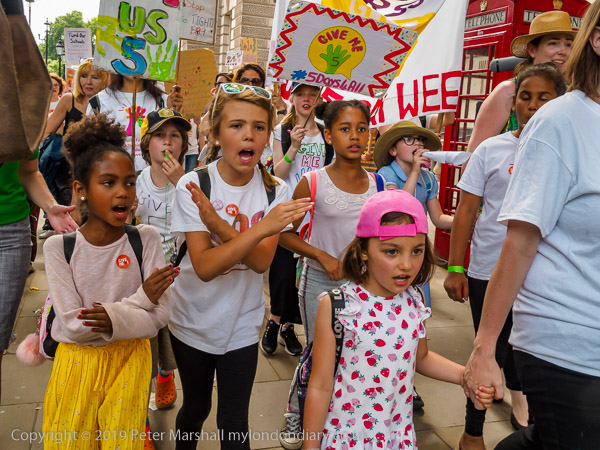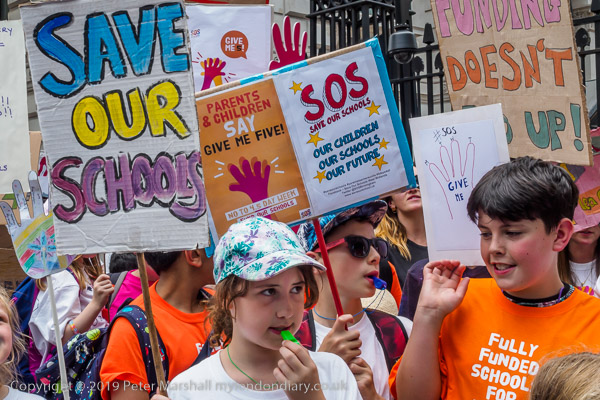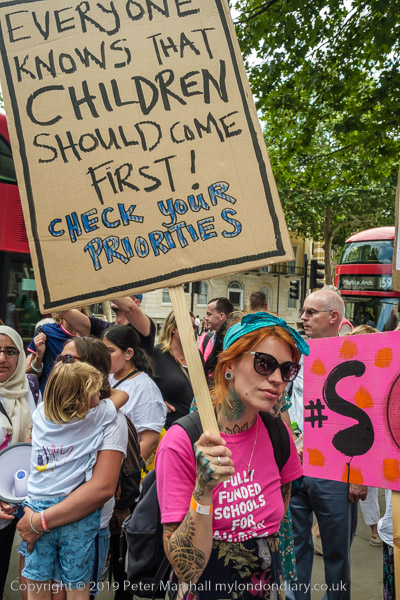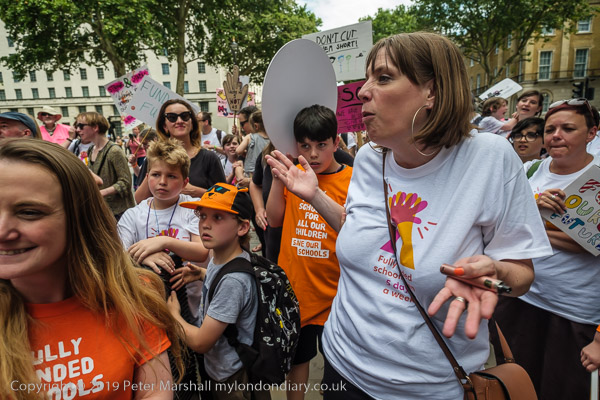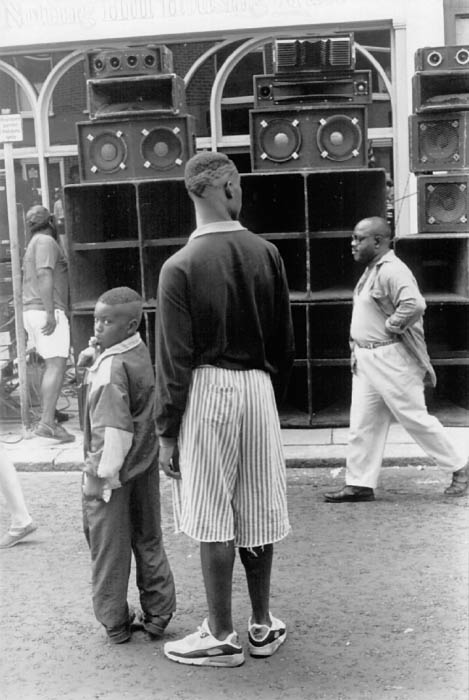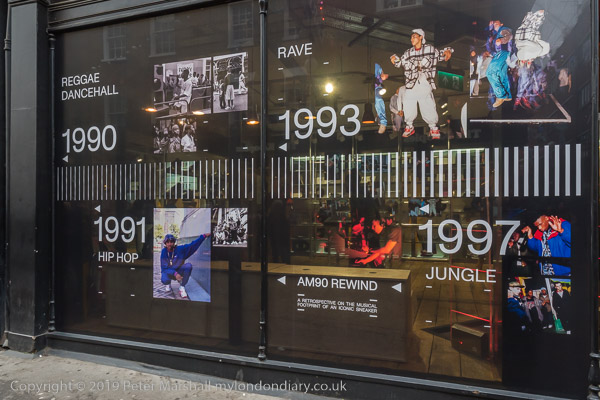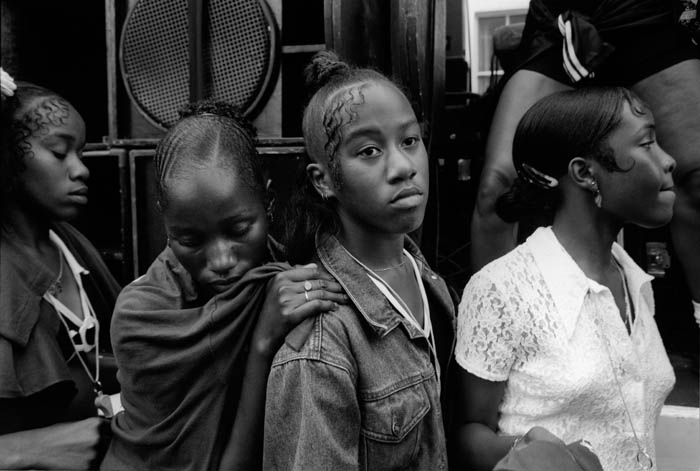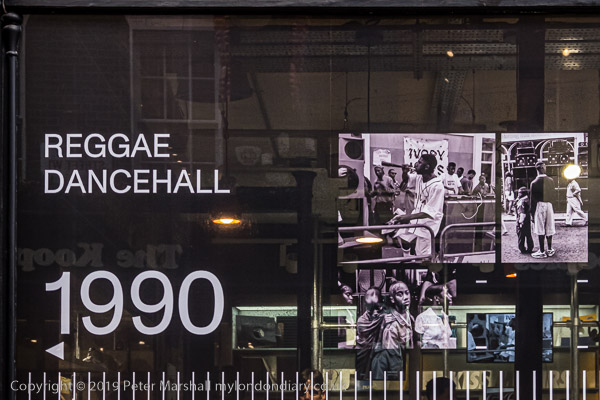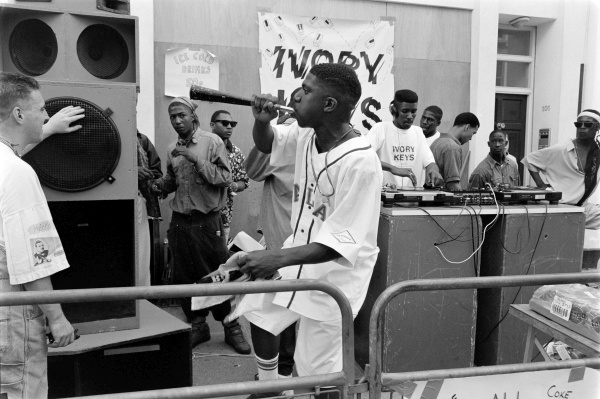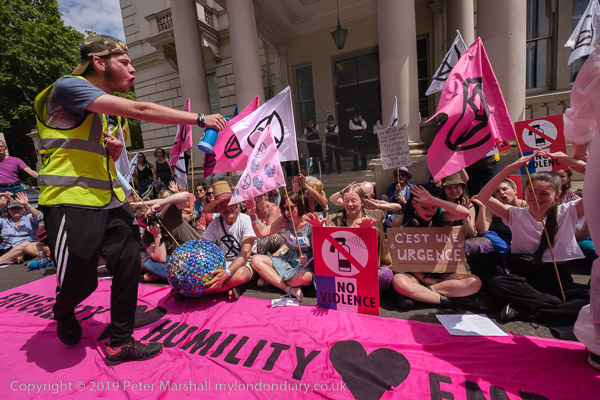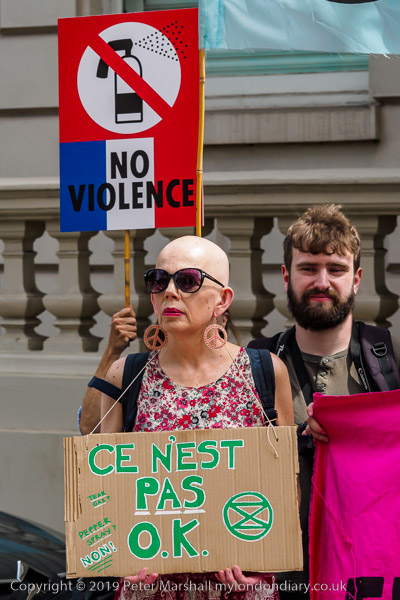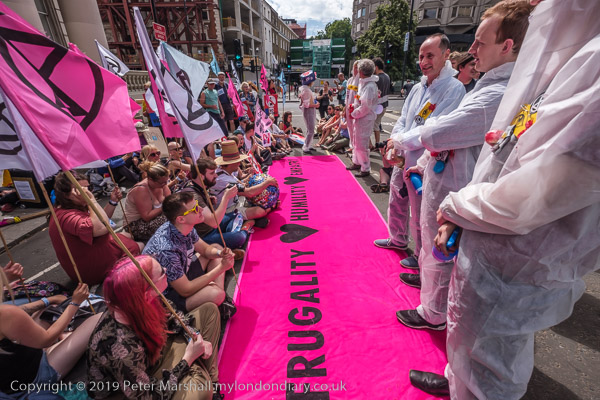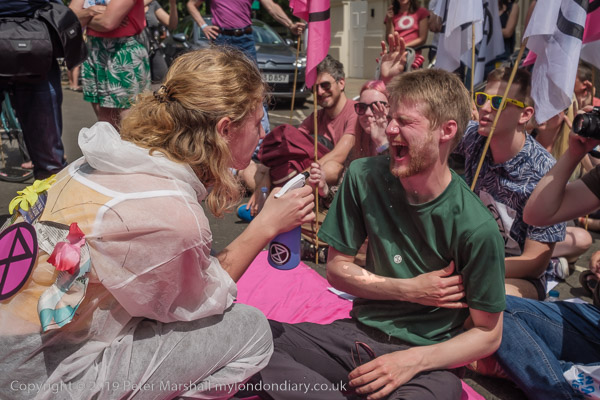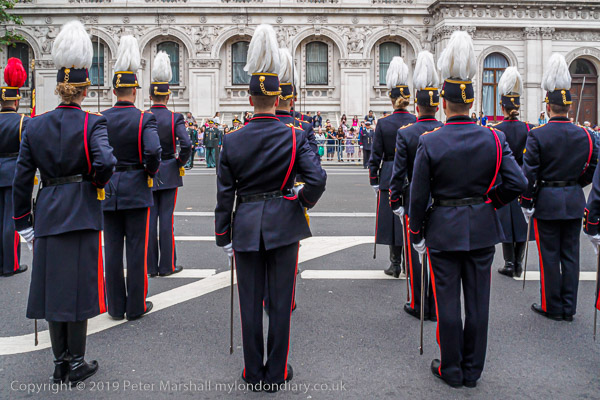
I can’t now remember why I was walking up Whitehall on a Saturday morning in July, but I think I must have gone to photograph a protest that had been advertised to take place in Parliament Square that didn’t happen. That would not be too unusual, as it is very easy to create an event on Facebook, but actually getting people to turn up is often harder. And although quite a few people may click to say they are interested or going they may well not actually turn up.
Fortunately in London though some things may not happen, there are others that take place which I’ve not known about beforehand, and if I have any interest in them I will stop and take a few pictures.
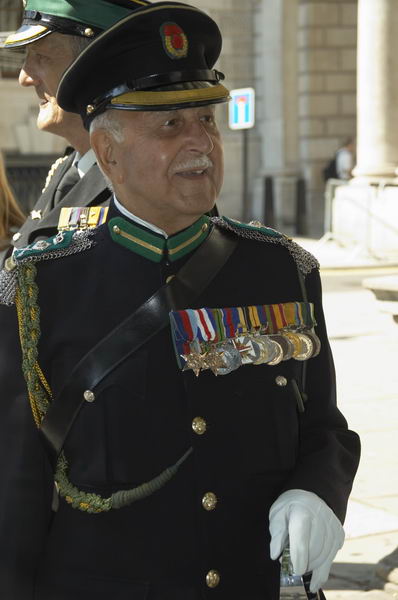
Fourteen years earlier, I’d photographed a Belgian commemoration of victims of the Second World War at the Cenotaph, with some veterans and their widows in attendance. Apparently this annual celebration had started before that war, following the death of King Albert I of Belgium, a keen climber who died after falling down a Belgian mountain in February 1934. Albert’s uncle, King George V, decided to grant them the annual ceremony to honour him and the Belgian contribution to the Great War.

Judging from my photographs the event back in 2005 was very much less formal than this year’s more military event, where barriers kept me off the road and behind the curious tourists lining them. This year I hardly stopped to take pictures as I was on my way along the street, a little annoyed that I couldn’t catch a bus instead of walking to Leicester Square.
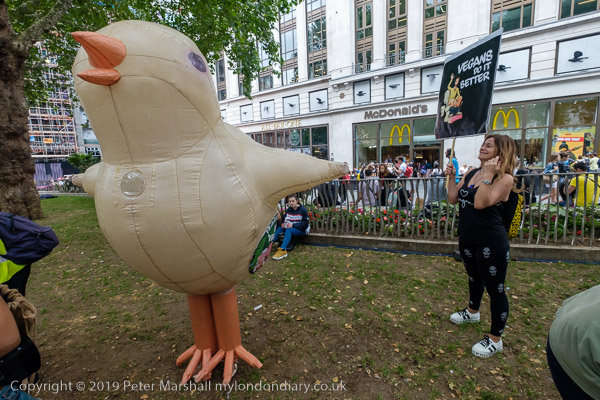
The parade from Leicester Square that I was hurrying to, the The Vegan For Life Parade, was described as a fun parade through central London to promote a vegan lifestyle. While not wishing to be anti-vegan – and I certainly think eating less meat and other animal products is a good thing – fun is not a word I associate with vegans, who usually seem to be in hectoring mode, so a ‘fun’ protest seemed a good idea, and probably more effective at converting people to the cause.
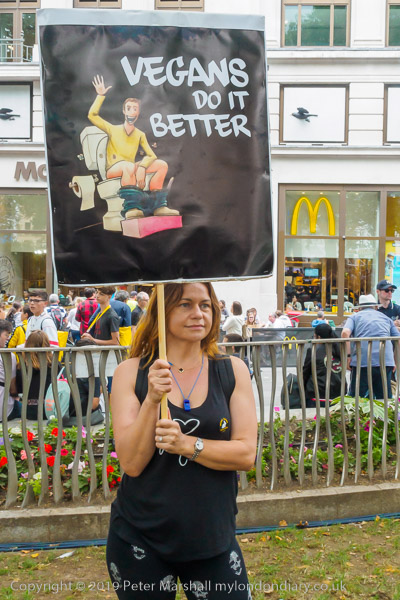
And while there was just a little of that self-righteous vegan evangelistic zeal many of the posters and placards were rather more humourous and less confrontational than at other vegan events I’ve photographed.
I couldn’t stay for the march, which started late, as I wanted to go back to Extinction Rebellion’s East London Uprising where an event was about to start on Hackney Fields.
Belgians commemorate Second World War victims (scroll down the page)
Belgian Army Cenotaph Parade
All photographs on this and my other sites, unless otherwise stated, are taken by and copyright of Peter Marshall, and are available for reproduction or can be bought as prints.
There are no adverts on this site and it receives no sponsorship, and I like to keep it that way. But it does take a considerable amount of my time and thought, and if you enjoy reading it, please share on social media.
And small donations via Paypal – perhaps the cost of a beer – would be appreciated.
